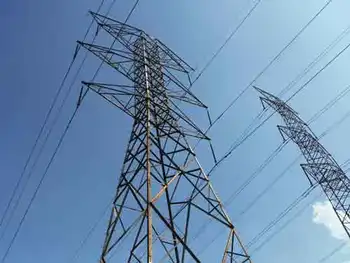Minnesota Signs Deal With Manitoba Hydro
WINNIPEG -- - The Minnesota Public Utilities Commission has unanimously approved a $1.7 billion power export deal with Manitoba Hydro.
It allows Minneapolis-based Xcel Energy to import power from Manitoba Hydro, despite the objections of aboriginal groups.
The 500-megawatt, 10-year deal was given the go-ahead.
It's an extension of an existing deal and will allow power to be exported until 2015.
Approval by Canada's National Energy Board is pending.
The Minnesota decision is a blow to the Pimicikamak Cree Nation of Cross Lake, Manitoba. They had asked the commission to first call a formal hearing into the social and economic impact of historic hydro development on their homeland.
Related News

Ontario rolls out ultra-low electricity rates
TORONTO - Ontario Ultra-Low Overnight Electricity Rate lets eligible customers opt in to 2.4 cents per kWh time-of-use pricing, set by the Ontario Energy Board, as utilities roll out the plan between May 1 and Nov. 1.
Key Points
An OEB-set overnight TOU price of 2.4 cents per kWh for eligible Ontarians, rolling out in phases via local utilities.
✅ 8 of 61 utilities offering rate at May 1 launch
✅ About 20% of 5M customers eligible at rollout
✅ Enova Power delays amid merger integration work
A million households can opt into a new ultra-low overnight electricity…




